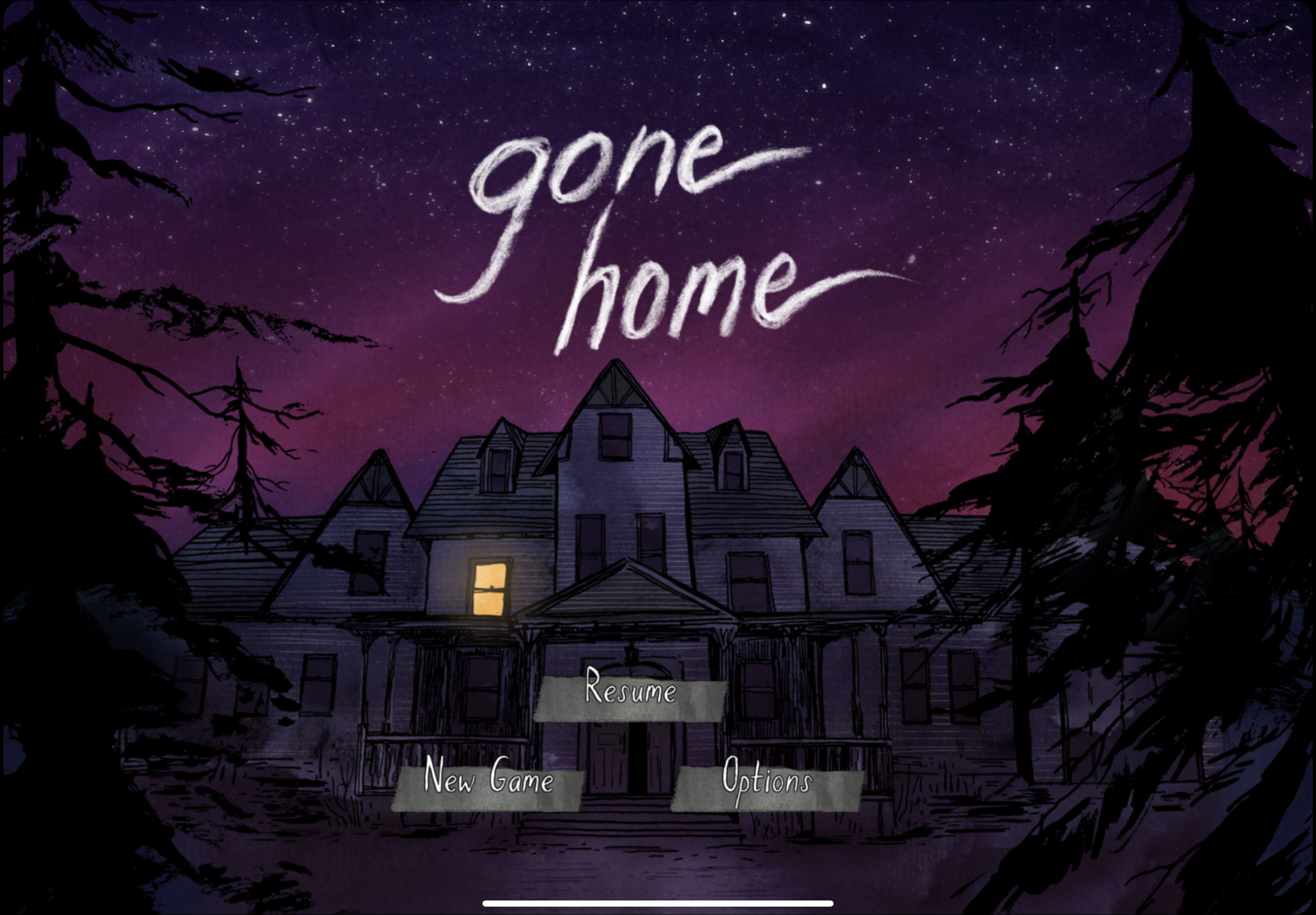For this critical player, I playtested the game Gone Home (iPad version).
There was some initial confusion for what to do, and how the mechanics worked for moving around and exploring the space. After a short while, I quickly got acquainted with the functionality, so it didn’t impair my ability to interact with the game.
As the game went on, I started to gain an intuition for where to look and what to spend time on. This is partly to do with having more narrative context, and also partly from just gaining familiarity with the types of interactions available to me.
One subtly that I really enjoyed is how the game balances the player’s curiosity with a feeling of tension through narrative, space, and audio. I came into the game not knowing what I was going to find, but carried some base assumptions ready to contextualize things as they appeared. For example, I wasn’t sure if there was an element of paranormal activity or some other horror element. Every time I started to feel comfortable with where the narrative may be headed, certain “clues” made me question the assumptions I had made so far. For example, the game designers added in some creepy voices/radio sounds (which I later found was just the TV to be on and so I turned it off); or when I found the sister’s (Sam) investigation of “ghostly” activity in the house; or when there was seemingly blood in a bathtub (which turned out to be hair dye). So, the game designers definitely had fun with leveraging player’s assumptions of a mystery game including paranormal elements to keep them on edge.
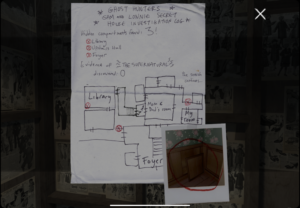
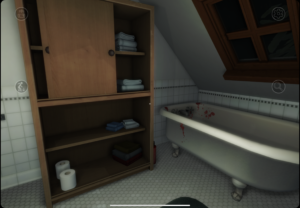
Playing with the player’s mental model of certain narrative genres is something that we learned for this class, and something that I hope to incorporate well into my group project.
Another aspect I found noteworthy was the layering of the narrative. There’s the primary narrative, which is the sister, Sam, and her relationship with her friend Lonnie; then there are the secondary narratives of her mother and father; underneath all of this is the narrative of the house, or rather the previous owner of the house. It’s all very interesting. Not only are you piecing together the main narrative, there are levels for each character, which keeps the player even more engaged.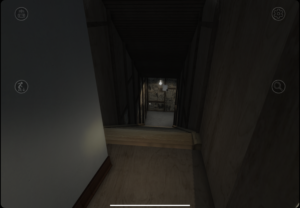
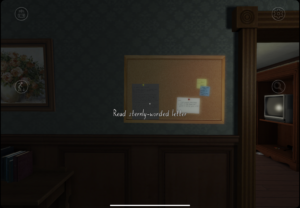
Especially for my group’s final project, I would be excited to try my hand at creating a narrative with depth by layering together different narrative elements.


